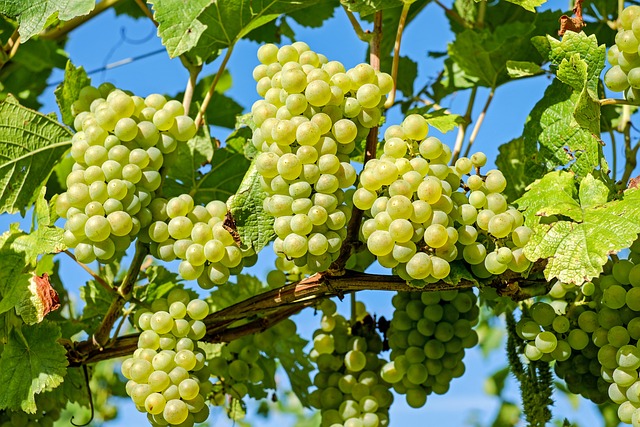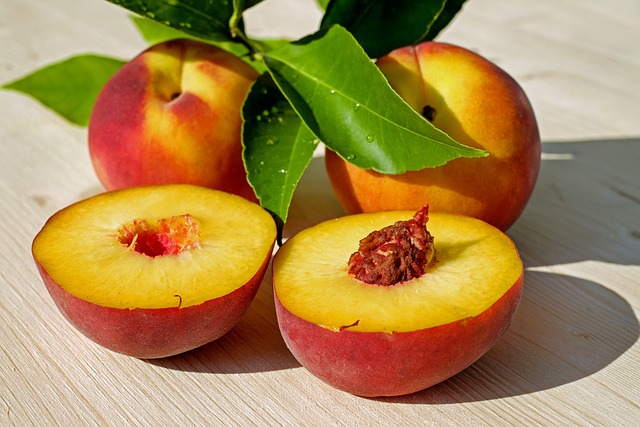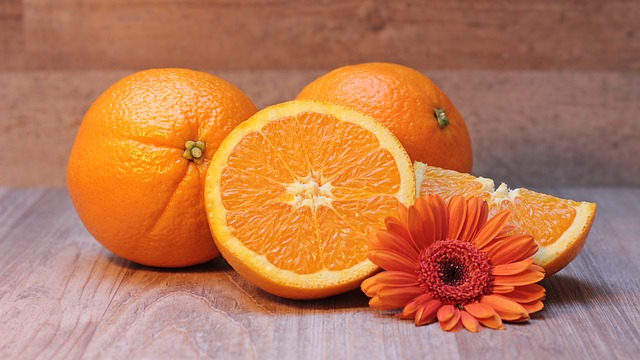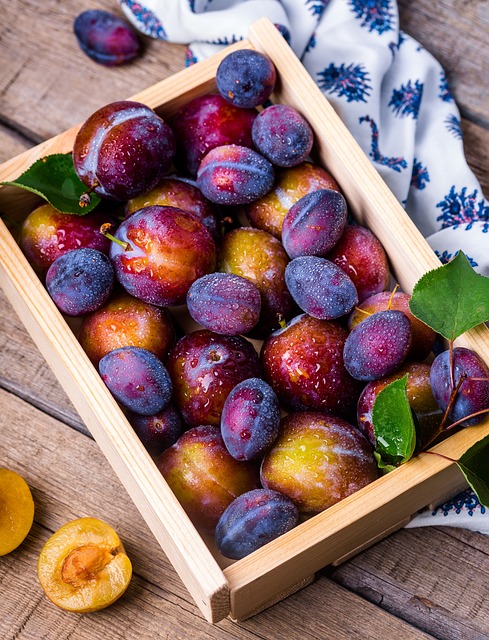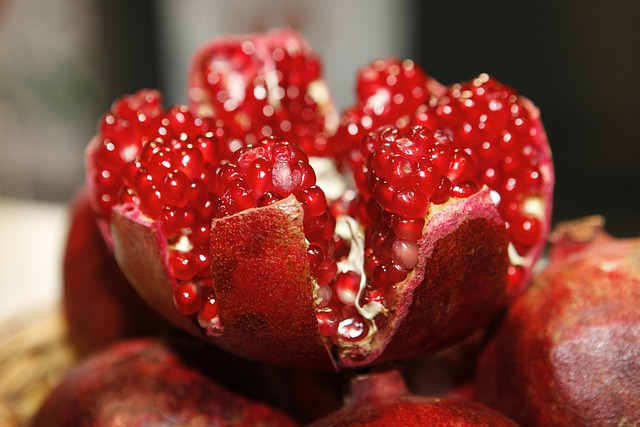The Dynamic Duo: Why Prebiotics and Probiotics are Even Better Together
Introduction
When it comes to maintaining a healthy gut, we often hear about the benefits of prebiotics and probiotics. But did you know that these two work even better when combined? In this article, we will explore why the dynamic duo of prebiotics and probiotics is so powerful for our overall well-being.
Understanding Prebiotics
Let’s start by clarifying what prebiotics are. Prebiotics are non-digestible fibers that serve as food for the good bacteria living in our gut. They act as fertilizers, helping these beneficial bacteria thrive and multiply. Examples of prebiotic-rich foods include chicory root, garlic, onions, and bananas.
Prebiotics work by reaching our colon undigested and providing a source of nourishment for the probiotic bacteria present there. By stimulating the growth and activity of these good bacteria, prebiotics contribute to a healthier gut environment and better overall digestive health.
Exploring Probiotics
On the other hand, probiotics are living microorganisms, often referred to as “good bacteria,” that provide numerous health benefits when consumed. They can be found in certain fermented foods like yogurt, sauerkraut, and kefir, as well as in dietary supplements.
Probiotics help balance the composition of our gut microbiota, which is the community of microorganisms living in our digestive tract. When these beneficial bacteria predominate, they prevent the growth of harmful bacteria and promote optimal digestion and nutrient absorption.
The Synergy Between Prebiotics and Probiotics
Both prebiotics and probiotics play essential roles in maintaining a healthy gut, but their combination has a synergistic effect that amplifies their benefits. Here’s why:
1. Enhanced Survival: Prebiotics act as the food source for probiotics, allowing them to survive and thrive in the gastrointestinal tract. Without prebiotics, probiotics would be more likely to perish before reaching their destination.
2. Increased Colonization: Prebiotics help probiotics colonize the gut by providing an environment that supports their growth. This colonization leads to a higher number of beneficial bacteria, which can crowd out harmful bacteria and prevent digestive issues.
3. Improved Functionality: When prebiotics and probiotics work together, they enhance each other’s functionality. Prebiotics act as a fuel source for probiotics, enabling them to carry out their various functions, such as producing essential vitamins and strengthening the immune system.
By combining prebiotics and probiotics, we optimize our gut health and enjoy a wide array of benefits, including improved digestion, enhanced nutrient absorption, strengthened immune system, and even better mental health.
How to Incorporate Prebiotics and Probiotics into Your Diet
Now that we understand the importance of the prebiotic-probiotic duo, let’s explore some practical ways to incorporate them into our daily diet:
1. Consume Prebiotic-Rich Foods: Include foods like asparagus, oats, leeks, and apples in your diet. These are excellent sources of prebiotics that nourish the good bacteria in your gut.

